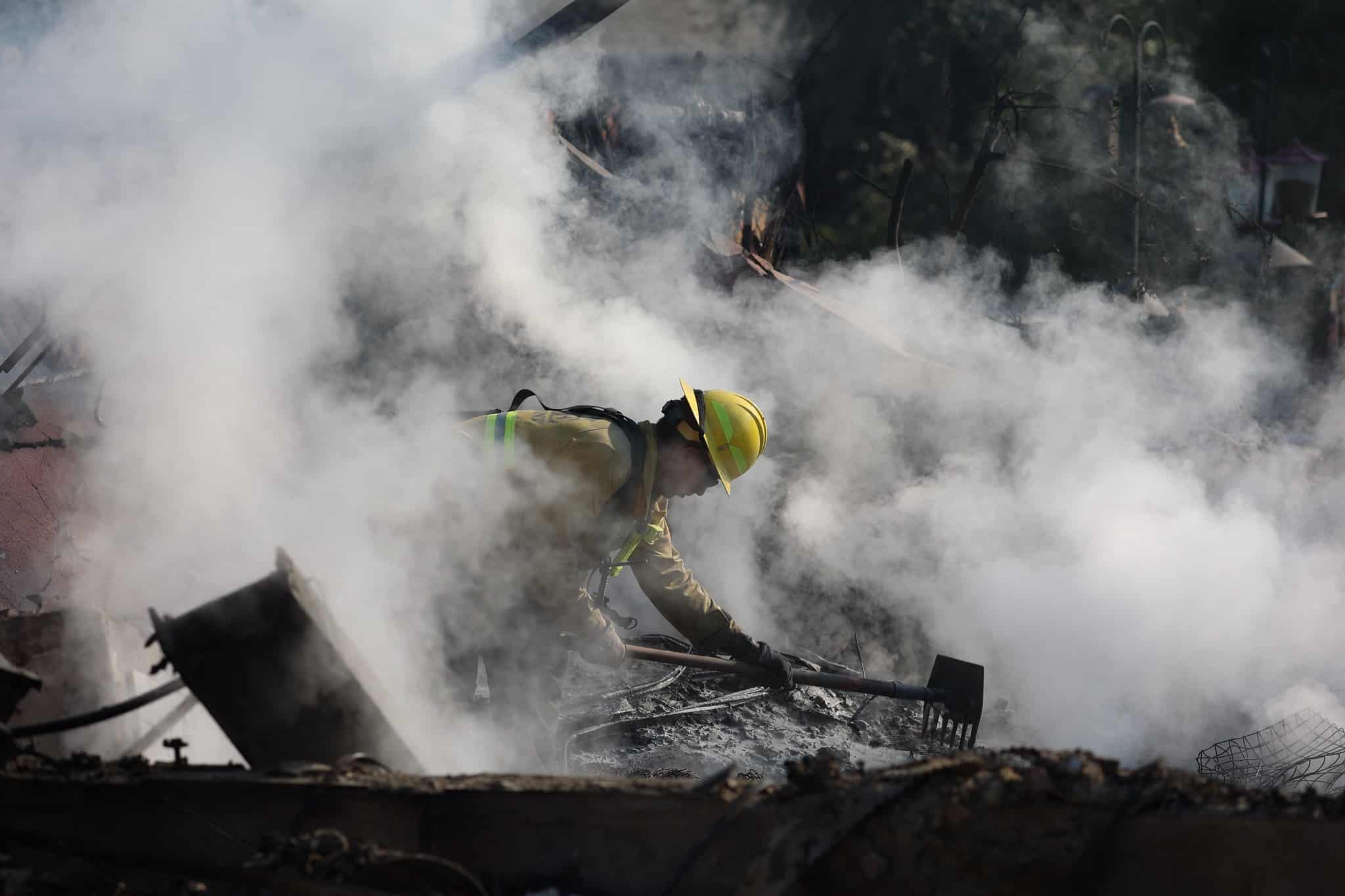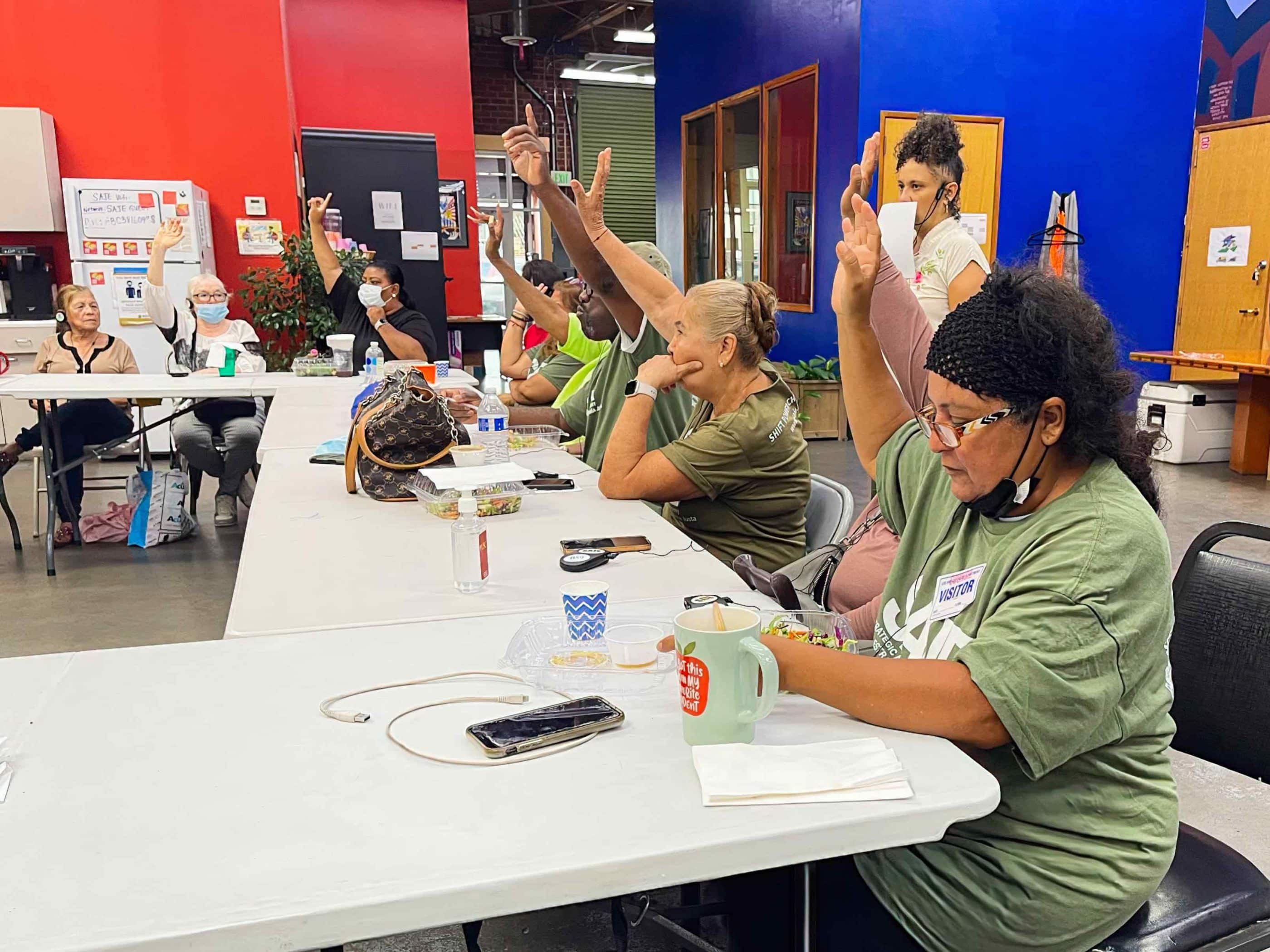
Photo by PhOtoSITIVELY Illuminating via flickr, CC BY-ND 2.0
The times they are a changin’, at least when it comes to San Francisco and Berkeley housing.
On June 13, San Francisco’s Mayor Ed Lee signed HOME SF into law. The district supervisor-sponsored measure will add 16,000 housing units in the next two decades, 5,000 of which will be affordable.
On that night in Berkeley, a large turnout of pro-housing activists stopped the Berkeley City Council’s plans to halt new housing. In response to grassroots pressure, Berkeley Mayor Jesse Arreguin announced before the meeting that the agenda item promoting downzoning was “greatly misunderstood” and that the city “cannot put roadblocks in the way of new housing.”
The word “downzoning” has since been removed. A hearing on increasing housing fees will be held June 27, with an item on housing accountability moved to July 11.
As Victoria Fierce of East Bay Forward tweeted, pro-housing activism “changed the outcome of the night.”
Of course there is much more work to be done, but one year ago the prior version of HOME SF, legislation known as the Affordable Housing Density Program, was killed by the Board of Supervisors. And it was only earlier this month that Berkeley’s City Council was poised to downzone neighborhoods and impose fees on development that would kill most new housing.
What accounts for the pro-housing movement’s growing strength? Three factors, one of which may involve the president.
Rising Pro-Housing Activism
San Francisco and Berkeley are experiencing a tidal shift toward supporting housing.
After decades of anti-housing neighborhood activists artificially restricting housing in both cities, a rising tide of activists associated with the SF YIMBY Party and East Bay Forward are changing this dynamic.
I spoke with several East Bay Forward members at the June 13 Berkeley City Council meeting and was impressed by their understanding of the housing crisis and commitment to promoting housing. They had policy answers to all of the claims raised by anti-housing activists, no longer letting their exclusionary, classist agenda go unchallenged.
In San Francisco, the board passed HOME SF with an 11-0 vote. Supervisors opposing the bill last year not only voted for it this year, but wanted to be on record as supporting more housing. This only happens because grassroots pro-housing activists are making their voices loud and clear.
There’s a reason pro-housing activists are being attacked by false anti-housing narratives. Anti-housing forces have controlled the debate for so long that they view this growing pro-housing constituency as a clear and present threat.
But the tide has turned. People are battling the politics of exclusion. They recognize that while artificially restricting the housing supply is great for profiting those who already own property, it’s not so good for those paying sky-high rents or who have been priced out of the city altogether. As Supervisor Katy Tang stated at the signing ceremony for HOME SF, if San Francisco “does not continue to provide affordable housing for our middle-income households, they will continue to leave and we will no longer have a middle class.”
Politician-Activist Alliance
The pro-housing movement has also been boosted by elected officials willing to battle for more housing.
San Francisco’s pro-housing activism succeeded with HOME SF because of the steadfast leadership of Tang. For decades, Westside politicians feared promoting more housing in the area. Tang took the risk, and got it done.
Mayor Lee gave Tang most of the credit for HOME SF, typical of his downplaying his own leadership. When Lee took office, he quickly announced a plan to build 30,000 units, which I thought was a political mistake. There was not a strong constituency pushing for such housing and I felt he’d set the bar too high to ensure success.
But the worsening housing crisis grew grassroots support for his pro-housing agenda, and the high bar ensured that pressure to build housing will not stop.
In Oakland, Mayor Libby Schaaf has publicly declared that the city says “Yes” to housing. Her 2016 “Oakland Housing Action Plan” is the most ambitious pro-housing program in the city’s modern history.
In Berkeley, councilmembers Lori Droste and Ben Bartlett are providing the political leadership needed to battle fellow councilmembers’ anti-housing agenda. Bartlett wrote a powerful essay last week on how Berkeley’s exclusionary anti-housing zoning laws “wall off communities of color, seniors, low-income people and others.” Droste’s letter opposing the proposed Berkeley downzoning was backed by affordable housing experts confirming that the plan was regressive.
Trump and Climate Change
The third factor contributing to the pro-housing movement’s growing strength is the progressive response to Donald Trump’s attack on climate change. As with Gov. Brown’s insistence that California will continue its green path despite Trump, local activists believe it is more important than ever for cities to keep on track. And that means addressing housing in the most environmentally smart way.
This requires building a lot more infill housing in cities and ideally on transit corridors. It means not artificially restricting housing so that workers must drive in from the suburbs. Anti-housing activists have no strategy for addressing population or job growth that does not add to suburban sprawl. That’s why green activists in cities are embracing and joining the pro-housing cause.
Green activists recognize that building more housing combines smart growth and housing affordability. The rents are too damn high, commutes are too damn long, and the cost of long commutes are really hurting working people. These conditions are a politicians’ worst nightmare, so just maybe, as the Arctic icebergs melt, so does the political opposition to housing.
Are you seeing a growing pro-housing movement in your area, finding new allies in your activism, or are local politicians heeding voters cry for more affordable housing for all residents? Share your stories in the comments.
A version of this post originally appeared on BeyondChron.org.




It’s disappointing to see Randy Shaw co-opted by BARF, the developers’ shills who clamor for ever more market-rate developments. The trickle-down theory represented by BARF is thoroughly discredited merely by examining how the process is playing out in San Francisco. Building more for-profit developments does not provide the urgently-needed housing for families and low-income residents. Rather, the ever-higher rents of the new developments drive up all rents. They invite in new residents who can afford them and crowd out long-time residents. Last November Berkeley elected a progressive majority and rejected the real estate man for mayor because a majority of Berkeley residents can see that ever more developments do not provide the affordable housing we need. Bartlett should be ashamed of joining forces with the rejected pro-developer minority instead of working for inclusionary projects that include families and low-income residents.
The writer above repeats already disproved claims about the impact of new development on housing prices. As I note in my story, working and middle-class families have already been largely priced out of most big cities due to artificial restrictions on housing supply. New housing with required inclusionary units gives these non-rich families their best opportunity to live in these desirable urban neighborhoods and cities.
Randy’s reply is just nonsense. He’s just another bedroom community resident who lives comfortably in a part of middle class North Berkeley preserved by the rest of us while he commutes to his SF job. Meanwhile greedy–we used to call them Yuppies, but now they’re YIMBYs–covet South and West Berkeley, once the segregated domain of many Japanese Americans, mostly displaced during World War II by the African Americans who are now trying to hang on there. Their modest homes, often with multigenerational familes in them, with backyard gardens, are being foreclosed on and snatched up for demolition by speculative foreign flight capital to build “luxury” apartment blocks. There’s no such thing as “already disproved claims”– to the contrary, UCB researchers have shown that if trickle-down ever happens it takes at least 50 years, at least a generation, and by that time the non-Whites have gone elsewhere. An “inclusionary” unit in a YIMBY building is not the same family home that we’ve seen in Berkeley all these years. My children had the immense benefit of going to Berkeley public schools with diverse classmates, but if the YIMBY-BARF crowd has their way our schools will be all-White in just a few years. Aaron Peskin, a Berkeley High classmate of one of my daughters who learned his stuff in our schools, is doing a great job of trying to save San Francisco now–pay attention.
I think its clear that there is a vigorous debate over the value of building housing. Becky seems not to recognize that the exclusionary policies her political faction in Berkeley espouses explains the city’s steady gentrification. The UC Berkeley Displacement Project signed on to Councilmember Droste’s recent letter criticizing the Council for trying to downzone Berkeley–a proposal Becky backed. African-American Councilmember Ben Bartlett has been a steadfast proponent of new housing in Berkeley.